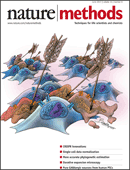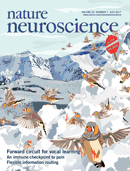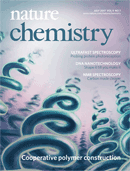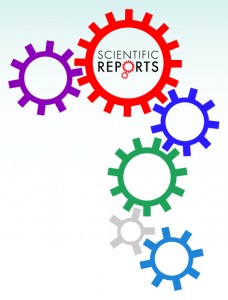 A biologist is crying foul at a journal’s decision to correct (and not retract) a paper he claims plagiarized his work — and one of his colleagues has resigned from the journal’s editorial board as a result.
A biologist is crying foul at a journal’s decision to correct (and not retract) a paper he claims plagiarized his work — and one of his colleagues has resigned from the journal’s editorial board as a result.
The 2016 paper, published by Scientific Reports, is an application of a previously published algorithm designed to better identify regulatory sequences in DNA. The three authors, based at the Shenzhen campus of the Harbin Institute of Technology, used the technique to identify recombination spots in DNA. They called it SVM-gkm.
On April 2, Michael Beer of Johns Hopkins University in Baltimore notified the editors of Scientific Reports that he believed the paper had plagiarized his work. Despite Beer’s efforts, the journal ultimately decided to issue a correction notice, which cites “errors” and the authors’ failure to credit Beer’s work. That isn’t good enough for Beer — nor one of his colleagues at Johns Hopkins, who resigned from the journal’s editorial board saying “the recent affair with Mike Beer’s work being plagiarized did not impress me.”
Continue reading Board member resigns from journal over handling of paper accused of plagiarism
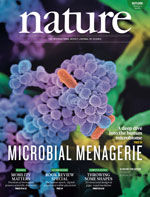 Nature
Nature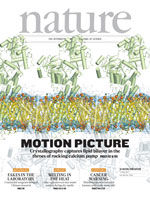


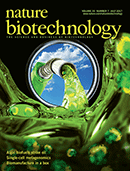 The author of a 2016 paper describing a potentially invaluable lab tool has retracted it, following heavy criticism from outside groups that could not reproduce the findings.
The author of a 2016 paper describing a potentially invaluable lab tool has retracted it, following heavy criticism from outside groups that could not reproduce the findings.